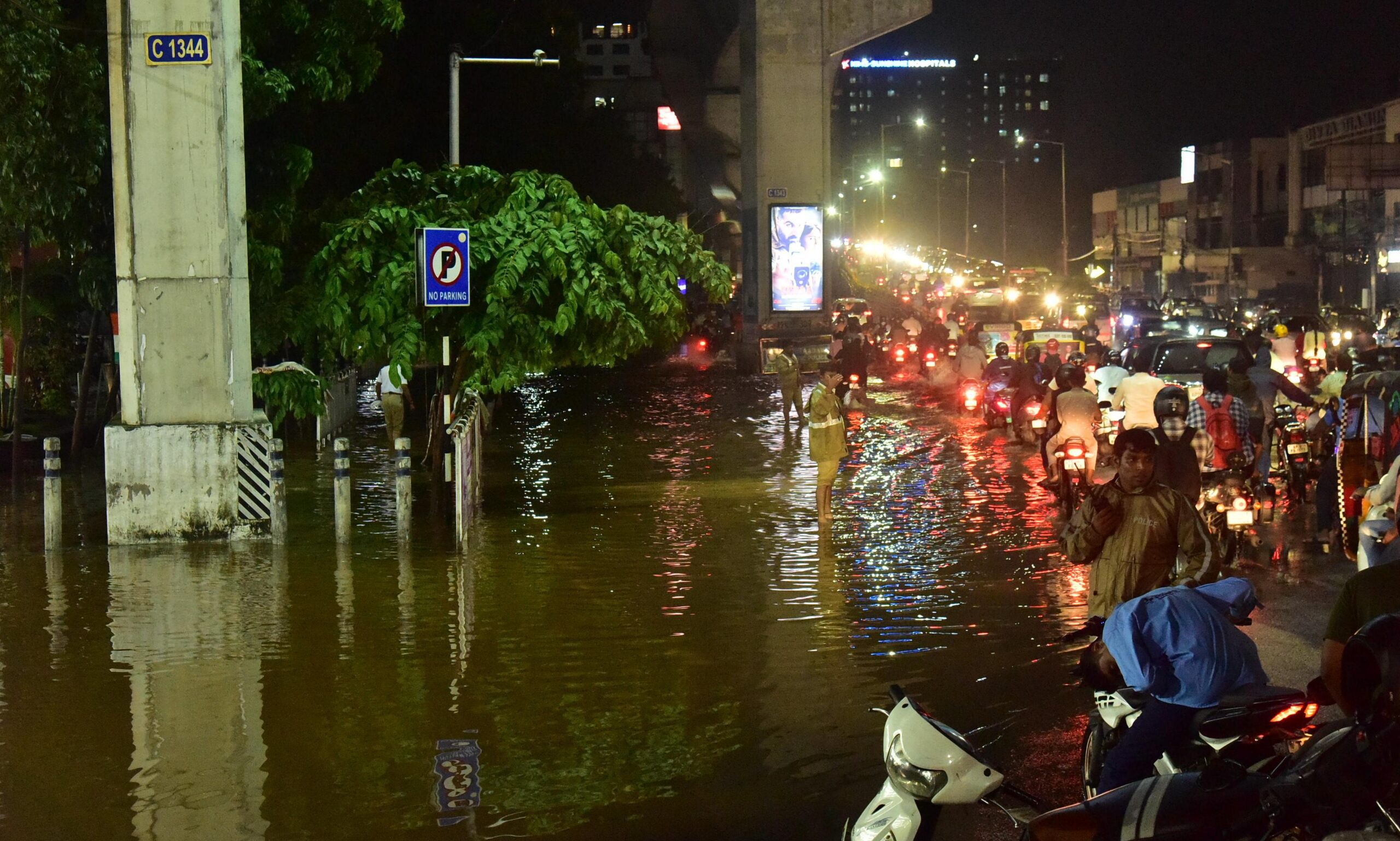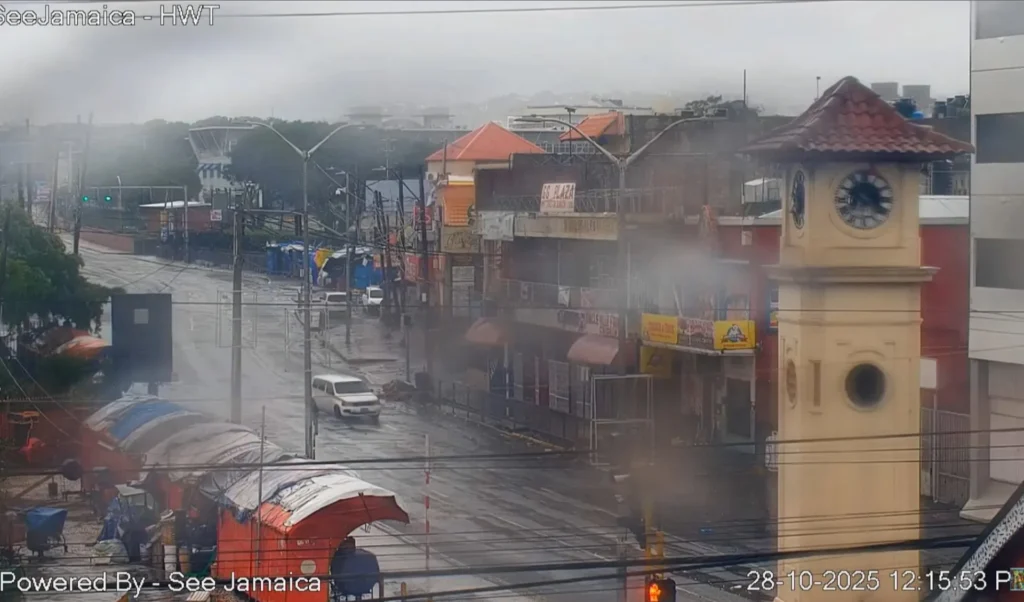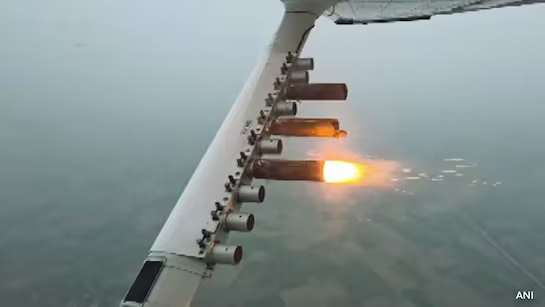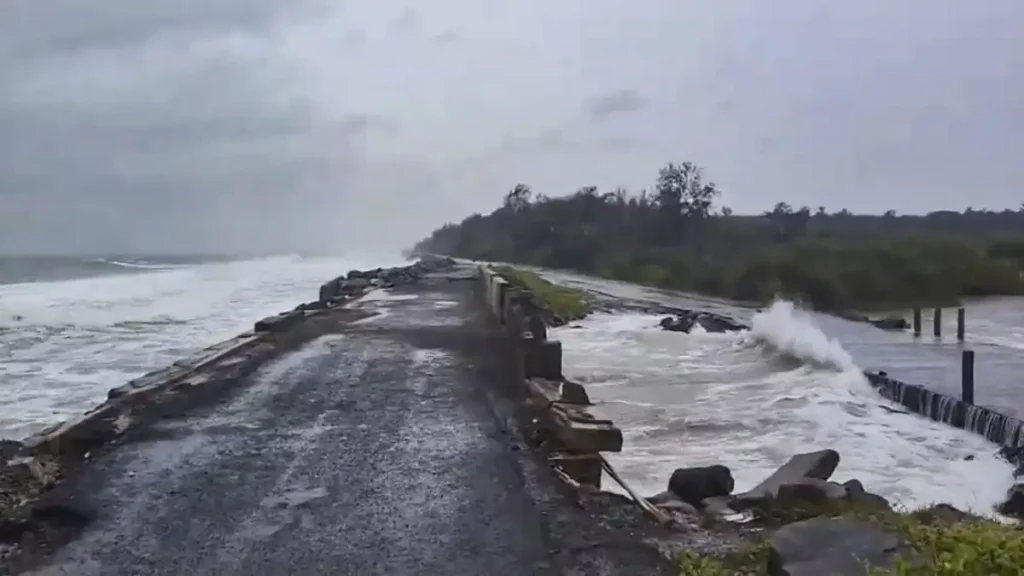Now Reading: Relentless Rains in Telangana Claim Two More Lives; Warning Signals Still Up
-
01
Relentless Rains in Telangana Claim Two More Lives; Warning Signals Still Up
Relentless Rains in Telangana Claim Two More Lives; Warning Signals Still Up

The recent spell of heavy rain in Telangana has turned deadlier, with two more people losing their lives. As the death toll rises to nine, authorities remain on high alert. From rescuing stranded villagers to closing bridges and opening dam sluices, the state’s response draws attention to the precarious balance between natural fury and preparedness.
Fatal Incidents Amid Flooding
In Kamareddy, a 23-year-old man named G Raju was swept away while fishing and later found washed downstream. Meanwhile, in Mulugu, a 45-year-old woman named P Gouramma drowned after being swept into the Tummala stream. These losses bring fresh urgency to the already tense situation.
Rescues and Road Closures
In Kaluvupalli village, rescue teams saved four people stranded on the opposite bank of an overflowing stream, using rope equipment to bring them to safety. Meanwhile, the Tekulagudem bridge on NH-163 remains closed due to rising water levels, and roads in several areas have also been restricted to prevent accidents.
Managing Rising Waters
To manage the increasing inflow, officials in Medak released 43,000 cusecs of water from the Singur dam. Authorities are closely tracking water levels, especially as parts of the Godavari River approach critical thresholds. Alerts are already in place for nearby villages, urging vigilance around water bodies.
Implications for Tier-2 and Emerging Towns
For residents in Tier-2 towns across Telangana, like those in Mulugu and Kamareddy, the floods are more than news—it’s a reality affecting farming, mobility, and everyday life. These areas often rely on local bridges, streams, and small reservoirs, making them highly vulnerable when systems fail or flooding goes unchecked.
Conclusion
Telangana’s current monsoon crisis highlights how quickly conditions can escalate and test local resilience. As more rain is forecast, authorities face the challenge of balancing infrastructure management with community safety. For many in smaller towns, it’s a reminder to stay alert, stay informed, and stay safe.

























